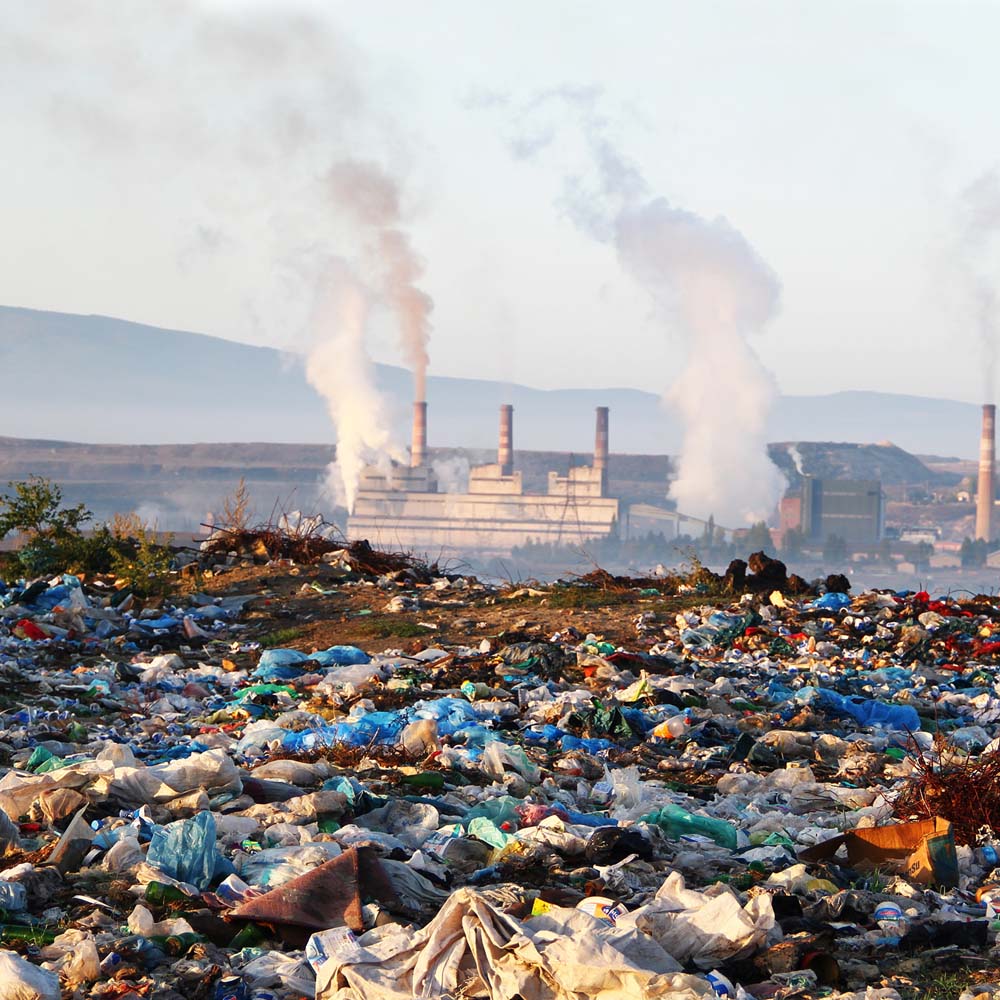Empowering leaders to deliver methane management
The global pledge to reduce
At COP26, more than 100 countries agreed to the European Union and United States Global Methane Pledge which aims to cut methane emissions by 30% before 2030 against 2020 levels. According to the Global Methane Assessment prepared by the United Nations Environment Programme, reducing methane emissions is one the most cost-effective solutions to help reach global climate goals and reduce the rate of warming.

Reducing methane
As a part of this pledge, United States President Joe Biden announced his proposal to reduce methane emissions through coordinated industry and agency efforts, enacting policies that would minimise pollution among the primary contributors to excess methane emissions, including the oil and gas sector, landfills, and the agriculture sector.
Get ready
To comply, organisations will need to implement an emissions monitoring programme, performance standards, system optimisation for reduced emissions and asset modifications to ensure commercial value for opex and capex, while increasing their engagement with stakeholders. To reach the goals established by the US, the energy industry will need to take an active role in reducing emissions and aligning with the regulations set in the U.S. Methane Emissions Reduction Action Plan. For example, new standards established in the plan by the Environmental Protection Agency (EPA) propose emissions be reduced from new and existing oil and gas sources, equipment, and operations by about 75%. If all countries that have pledged are able to deliver their actions plans, the pledge would reduce global warming by at least 0.2°C by 2050.


Scaling-up response
The countries involved represent 70% of the global economy and to support the pledge, $328 million has been committed through global philanthropies to encourage the scale up of methane mitigation strategies worldwide.

Deliver measurement action
The need for action is evident and the first step in this process is to identify how much methane is being released. Technology planning plays a crucial role and has come a long way in detecting leaks and equipment failures, from state-of the art cameras to satellites, there are several promising technologies supporting and elevating methane measurement. Improved data enables better allocation of resources and specific emission reduction efforts.
Methane is a powerful greenhouse gas, it is dozens of times stronger than carbon dioxide as a heat-trapping gas and difficult to detect when it escapes into the air. It is estimated that reducing fugitive emissions and flaring could contribute 1.5 GtCO2e in annual abatement by 2050, at a cost of less than $15/tCO2e.
Wood are using autonomous robots to collect data and using multi-sensor physics to accurately attribute methane leaks and fugitive emissions to a digital twin. We are working alongside technology innovators to develop methane detection and mapping capabilities for clients. By processing the data autonomously at edge, we avoid training artificial intelligence (AI) and transferring large amounts of data. These technology solutions, enable clients to decarbonise their assets by accurately detecting the size and location of methane leaks and fugitive emissions within their assets at a lower cost.
Real-time monitoring
Previously leak detection methods were manual, costly, time consuming, subject to human errors and could only detect a leak at a specific moment in time when the technician is in the field.
Wood is leading a step-change in industry’s approach to detecting, quantifying and reducing methane emissions. Data-driven solutions like ENVision can detect methane emissions in real-time. It can embed simulation tools, predictive models, data ingestion at varying frequencies, create fit-for-purpose calculation routines and host a library of regulatory reports to automate reporting process.
With new monitoring technologies comes a wealth of data, which in the past would have been almost impossible to make sense of. We are leveraging artificial intelligence to manage the condition of the assets which provide several technological aids to assist companies in managing hydrocarbons through computational pipeline monitoring, visual surveillance and acoustic emission in-line inspections.
Leveraging artificial intelligence to manage the condition of the plant has also proved to provide several technological aids to assist companies manage the hydrocarbons by computational pipeline monitoring, visual surveillance and acoustic emission in-line inspections.
Resolving repeat failures that cause process trips or shutdowns, stopping flaring and venting, ensuring operating parameters have not moved significantly from original efficiency levels, as well as finding and fixing asset-integrity issues that contribute to fugitive emissions are not just emission mitigation solutions, but offer substantial cost efficiencies and potential monetisation opportunities for surplus power or captured gas.
Accelerated licence to operate
Aside from the environmental gains, organisations with lower emissions are increasingly likely to enjoy commercial advantage over higher-emitting sources. This is relevant for both old and new assets. This focus is important for existing assets, where technology and asset modifications are required to improve emissions.
We know that the public face of business visibility is moving a pace with a greater emphasis on environmental, social and governance goals and contributions. The sustainability and societal impact of an investment is being increasingly scrutinised, and we are seeing major emitters announce ambitious net-zero targets on a regular basis as regulation and policy continue to shape emissions.
Regulation, compliance and operational performance are all connected. It’s an area that is continually changing and it’s critical that there is the right level of collaboration amongst the key players in the industry. We need to ensure policy, public sector investment and direction is focused in the right way, on the policies and regulations that will have the greatest impact and create an attractive proposition for investors and operators.
Strategic roadmap to commercial success
The United Nations agree that the oil, gas and coal sectors have the greatest potential for targeted mitigation by 2030. Targeted measures could reduce emissions from the oil and gas sector by 29-58 Mt/yr. Importantly for capex and opex up to 80% of oil and gas measures could be implemented at negative or low cost. Further targeted measures in the waste and agriculture sectors could reduce emissions by around 66 Mt/yr. How you implement these reductions on a live, revenue generating asset in a safe manner is complex. Operators need to ensure that here is minimal disruption to cashflow, capex while maximising safety.
How organisations make these reductions will require operators and developers to map their journey to mitigate and reduce methane emissions. We are working with clients using our SCORE roadmap to fully understand the policy landscape and methane baselines, before defining objectives and targets for reductions through benchmarking, assessing market impacts and taking consideration of policy and corporate strategy. Then helping to review and map assets to enable development of methane pathway scenarios.
These pathways to reduce emissions need to leverage a breadth of solutions and are bespoke to portfolios or individual assets.
The push to progress
As proposed by the US EPA, we will need to replace and upgrade thousands of existing oil and gas wells, many of which are decades old. That means leveraging technology to modernise equipment and operations. The pace of innovation and technological solutions have a major part to play in methane reduction, from the technologies to generate and deliver new energy sources to the digital innovations that will transform how we use them. Leveraging data and digital technology also offers a less capital-intensive route to optimise operational performance, target energy production and minimise waste.
A continually evolving landscape and suite of interrelated societal, economic and commercial complexities present challenges to reducing methane emissions. But by understanding the opportunities that exist, whether that be through optimising process and energy efficiency or focusing on detecting and repairing, through to offsetting emissions will position organisations in a way that they can reduce their environmental impact and mitigate their methane emissions while remaining commercially competitive and reducing their market exposure.
